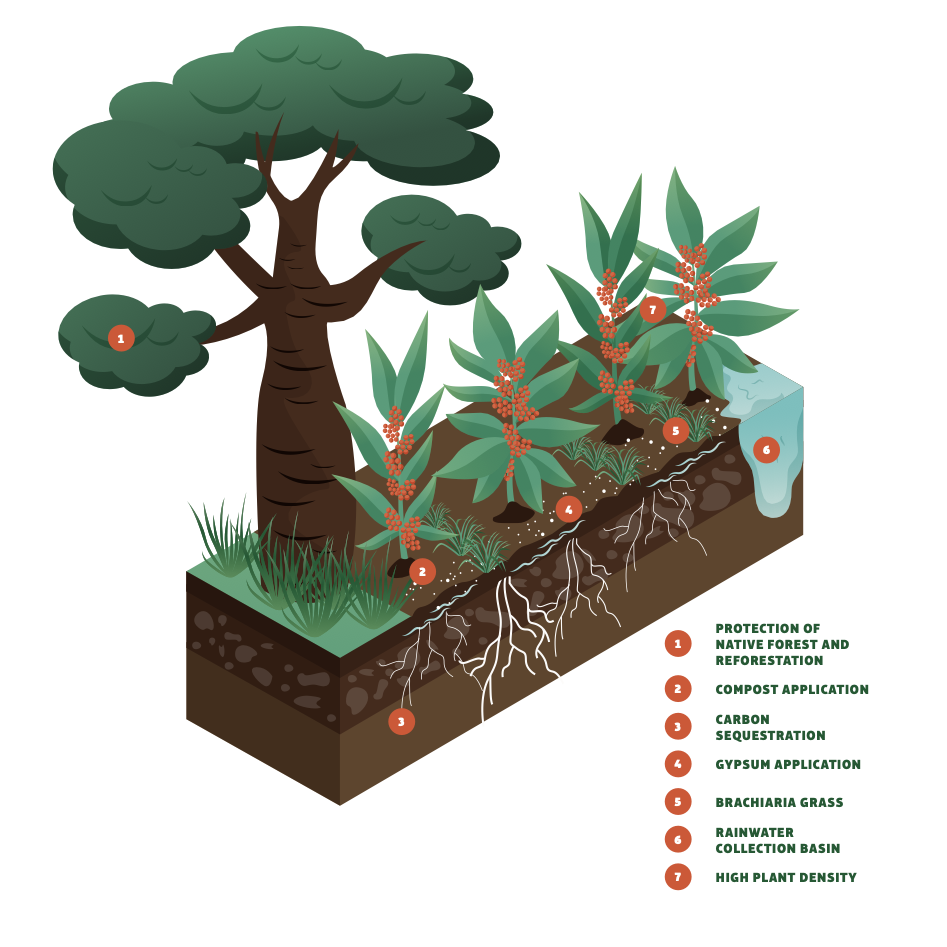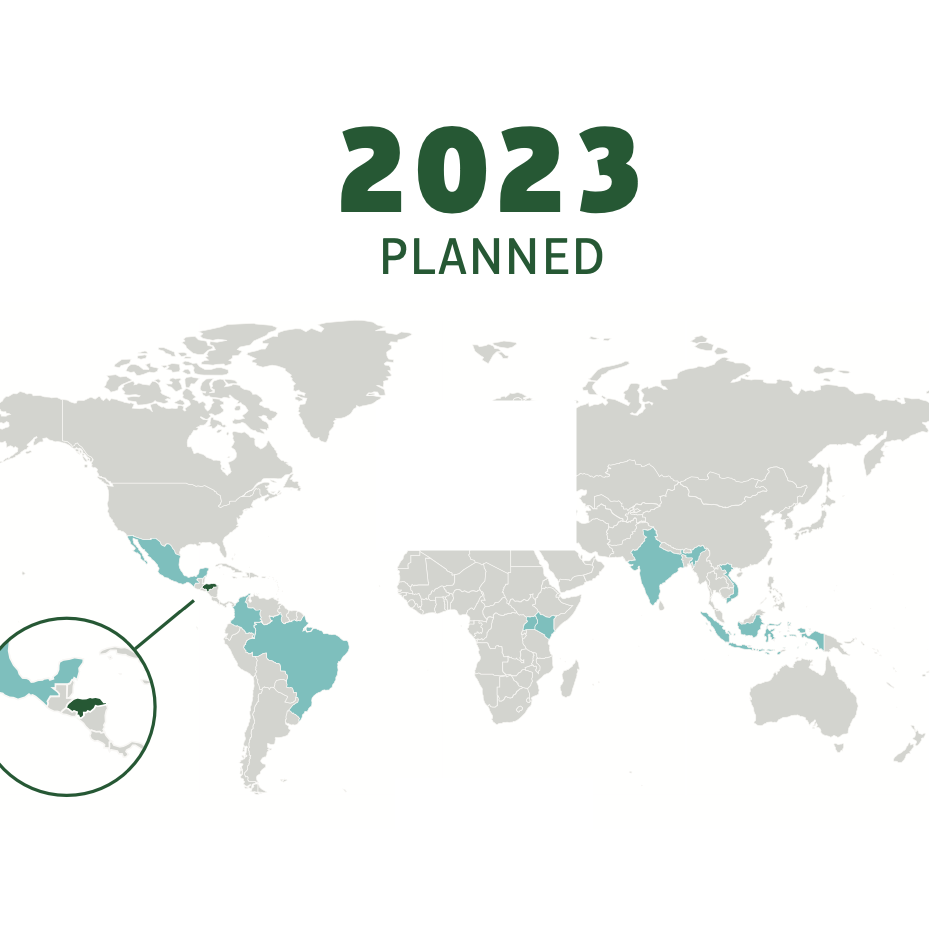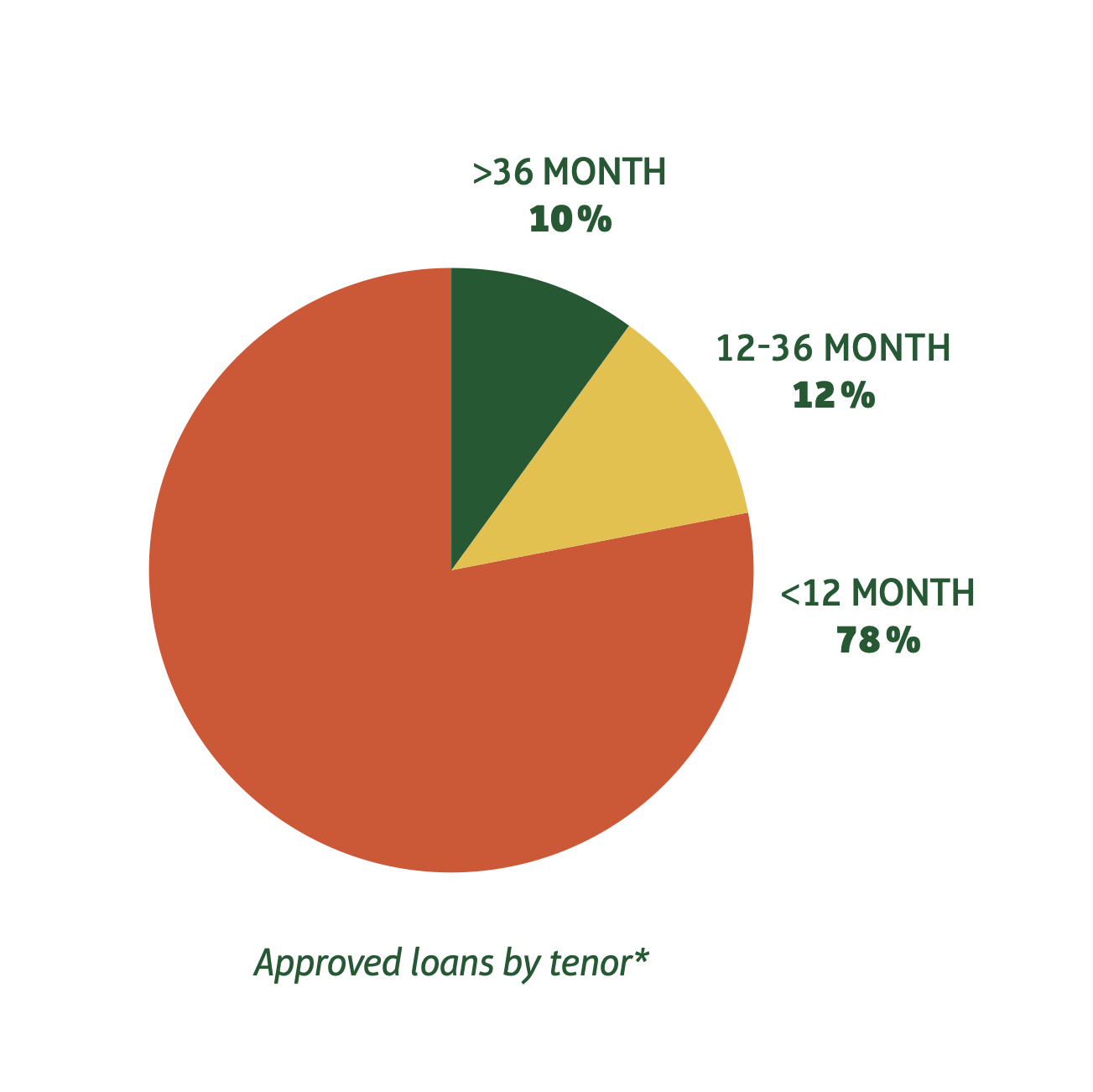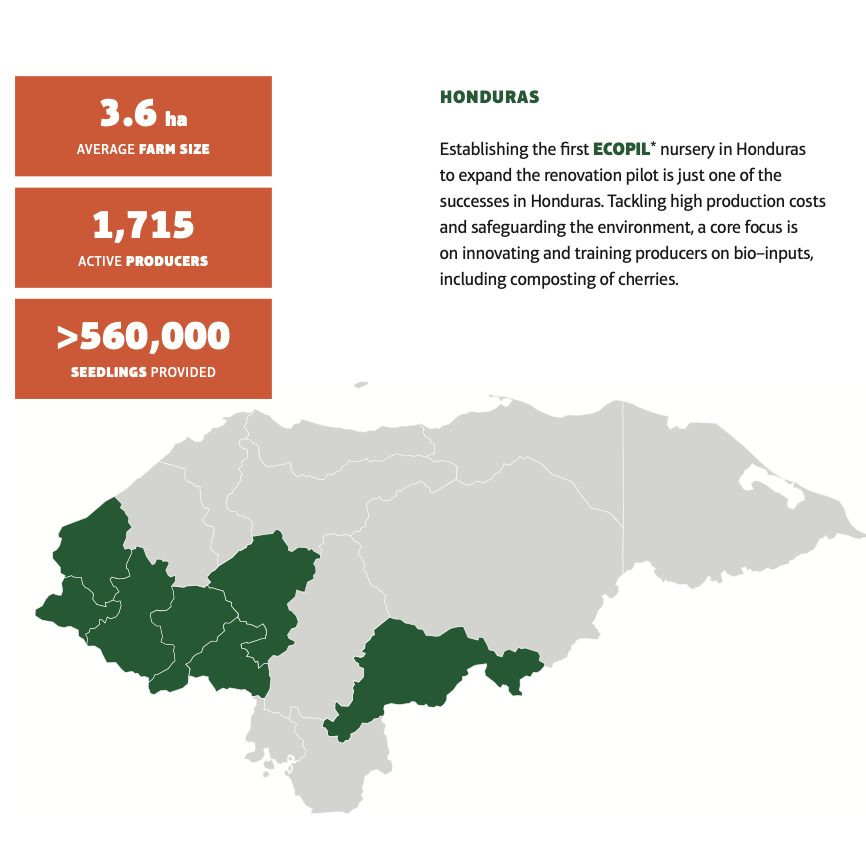National Coffee Day is a moment to reflect on and celebrate not only the product we love but also our incredible industry. This year, we’re also using this special day to call attention to our 2022 Sustainability Report. This important Neumann Kaffee Gruppe (NKG) report is not only very meaningful internally but will be used to drive efforts that impact our industry and our planet.
Incredibly, the report includes NKG sustainability KPIs across 25 countries and looks at its internal practices, supply chains, producer partners and the environmental impact.
Since the publication of the last report, NKG reassessed its strategic approach to sustainability and developed a Responsible Business Program (RBP), which has created a guiding framework for NKG companies worldwide. The NKG RBP also helped to drive another first-ever milestone: a Corporate Carbon Footprint calculation of 42 NKG companies, including farms, export companies, import companies and service providers. It was an enormous undertaking that now gives us a baseline we can begin to set goals around and improve upon.
Below, we’ve pulled some key numbers to highlight aspects of the report — which we hope you’ll download and read for yourself. We are, as ever, in this together, and we appreciate and value your input, business and collaboration. Happy Coffee Day, friends!

300,000
The number of farmer households across 18 countries that have benefited from NKG industry partnerships (including the non-profit Hanns R. Neumann Stiftung, coffee & climate, International Coffee Partners, USAID and others) since 2001.
“Solving major sustainability challenges will always require industry-wide approaches and the joint commitment of different players,” states the report. “NKG believes in the power of collaboration.”
10
The number of countries expected to offer NKG Verified coffees by late 2023.
NKG Verified was launched in 2021 and offers traceability and transparency to green coffee buyers. Each NKG Verified coffee comes with a sustainability scorecard showing the performance of the supply chain that the container is linked to against NKG Verified criteria.
“NKG Verified fills the gap between sustainability certifications brought upon producers from the outside and the actual needs and shortcomings locally. It provides a solid basis for us to offer coffee produced under sustainable conditions and in accordance with local laws,” explains Osmar Moraes, Sustainability Manager at NKG Stockler, in Brazil.
In addition to Brazil, India, Indonesia, Mexico and Vietnam currently, Colombia, Honduras, Kenya, Peru and Uganda are expected to be included soon.
177
The number of employees hired to be part of dedicated Farmer Services Units, offering services to smallholders and farmer groups within NKG Bloom.
The initiative offer to producers “includes trainings in coffee-farming and business best practices, plus access to markets, infrastructure, inputs, seedlings and financing,” explains the report. “There is no one-size-fits-all solution: What makes NKG Bloom unique is the diversity of its service packages addressing the needs of producers in each NKG Bloom country.”
81,000+
The number of smallholder farmers accessing services through NKG Bloom.
“NKG Bloom is recognized as a sustainability scheme under the Global Coffee Platform’s Equivalence Mechanism,” the report shares. “By 2030 we aim to set up FSUs in 10 countries, reaching 300,000 smallholder farmers with value-added services.”
$25 million
The amount behind our smallholder Livelihoods Facility, which has a unique, joint risk-sharing credit line.
“The $25 million Smallholder Livelihoods Facility is the first sustainable farmer financing facility with a global reach and where commercial banks have joined forces with development and government organizations in taking a direct credit risk in lending to smallholder farmers and farmer groups in developing countries,” the report explains.
40 percent
The amount of the world’s coffee areas in need of rehabilitation.
Replacing trees not only involves the cost of new plants and labor, but “also foregoing income from the coffee plants for one to three years. Without external financing, this is often an insurmountable barrier to renovation and rehabilitation,” states the report.
In Honduras, Becamo has adapted its Recuperando mi Cafetal program to include long-term loans to farmers, using the producers’ history with Becamo to help determine the producers’ payment capacity. Since 2020, it has financed 563,765 coffee seedlings to farmers.
1,407
The number of hectares of forest land that are preserved on NKG’s Fazenda da Lagoa, in Brazil.
“Safeguarding and conserving biodiversity at our farms is one of our highest priorities. According to our principles of good agricultural practices, coffee cultivation should not compete with the local ecosystem but rather integrate into it,” states the report.
In addition to preserving forest land and “riparian buffers” — corridors of vegetation, particularly around rivers and streams, that enable animals to travel the property undetected by humans — the farm also reforests approximately two hectares per year using exclusively native trees.

NKG farms have developed and implemented a number of measures, to adapt to the challenges of climate change.
189 percent
The increase in net income that farmers in Uganda have experienced since joining NKG Bloom.
“Financing is the key element of NKG Bloom, but it is not the only element for success,” the report explains. “NKG Bloom started out as a full fertilization scheme, offering higher-quality fertilizers than were available in the market before and trainings on applying the fertilizers correctly, as well as on financial literacy. This combination has resulted in higher yields and net incomes at the farm level, and in repayment rates above 99 percent.” •


